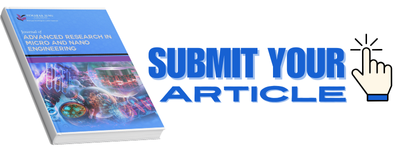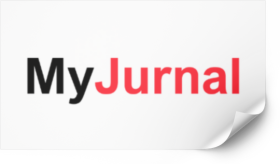Synthesis of Ni Nanoparticle with Controlled Morphology via Liquid Phase Reduction Method
DOI:
https://doi.org/10.37934/armne.24.1.4651Keywords:
Nanostructure, nanoparticles, nickel, liquid phase reduction, control morphologyAbstract
This research focuses on the synthesis of nickel nanoparticles using liquid-phase reduction method, a cost-effective and scalable approach. It is discovered that the size and the morphology of the nickel nanoparticle can be control by varying the nickel ion concentration, reaction temperature as well as the pH of the solution. The results showed that the size of the nickel nanoparticles decreased with an increase of the nickel ion concentration. The results also indicate that the morphology of the nickel product strongly depend on the pH of the reaction solution. Nickel nanowires were observed at lower pH levels, while nickel nanoparticles with urchin-like particles were produced at higher pH levels. Henceforth, it will be possible to precisely change the synthesis parameters (nickel ion concentration, pH value and reaction temperature) to easily modify the morphology of the nickel nanoparticles. This research contributes valuable insights into the synthesis of well-defined nickel nanoparticles, opening avenues for their application in nanotechnology.
Downloads

























